In Photos: Tiny Plankton Show Off Advanced Weaponry
An Unassuming Predator
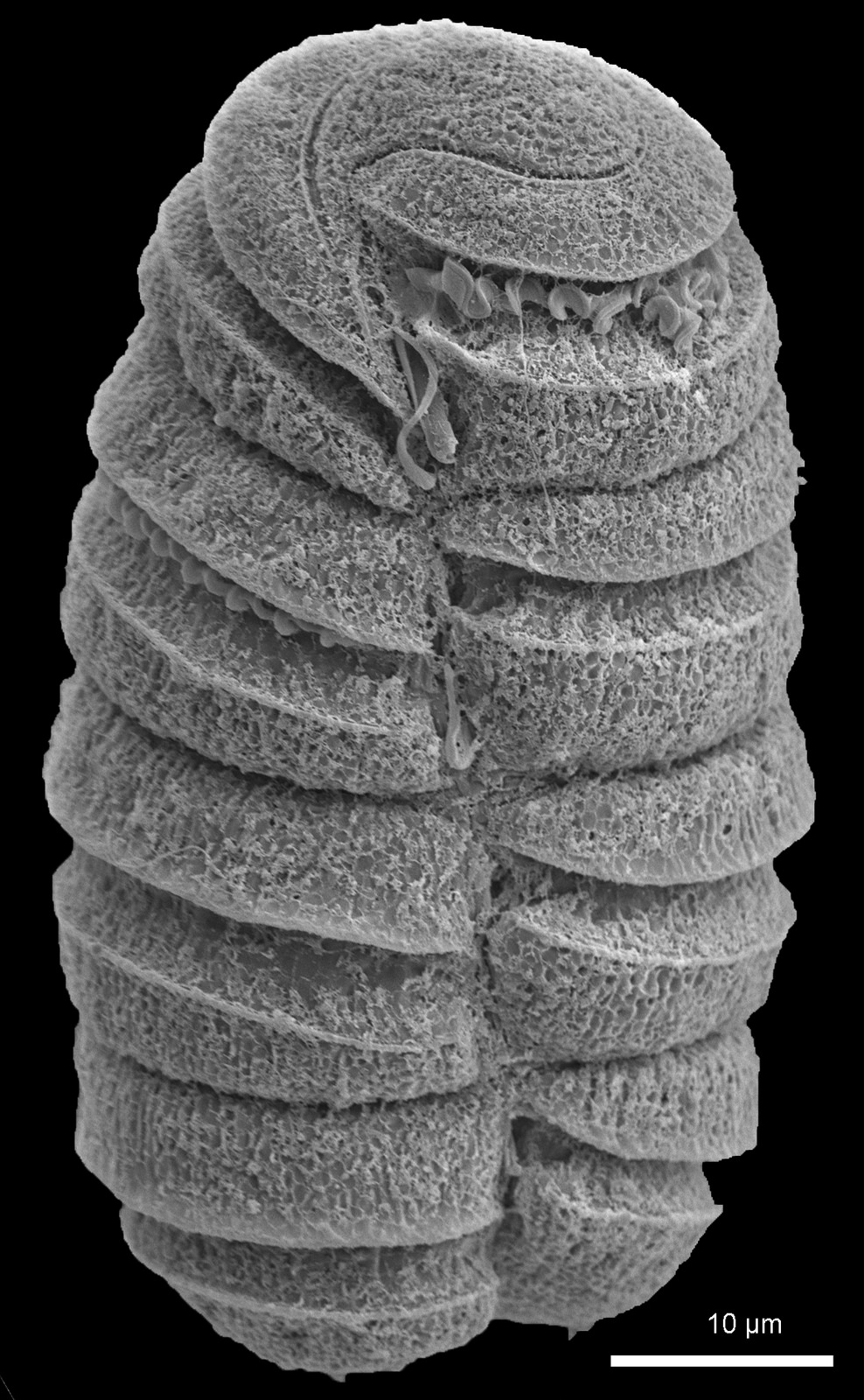
This unassuming plankton is a deadly predator. Polykrikos kofoidii is a dinoflagellate that eats other dinoflagellates. It captures them with tiny weapons called nematocysts, which are like harpoons that pierce their prey and drag them in to be engulfed and digested.
[Read the full story on plankton weaponry]
Ballistic Plankton
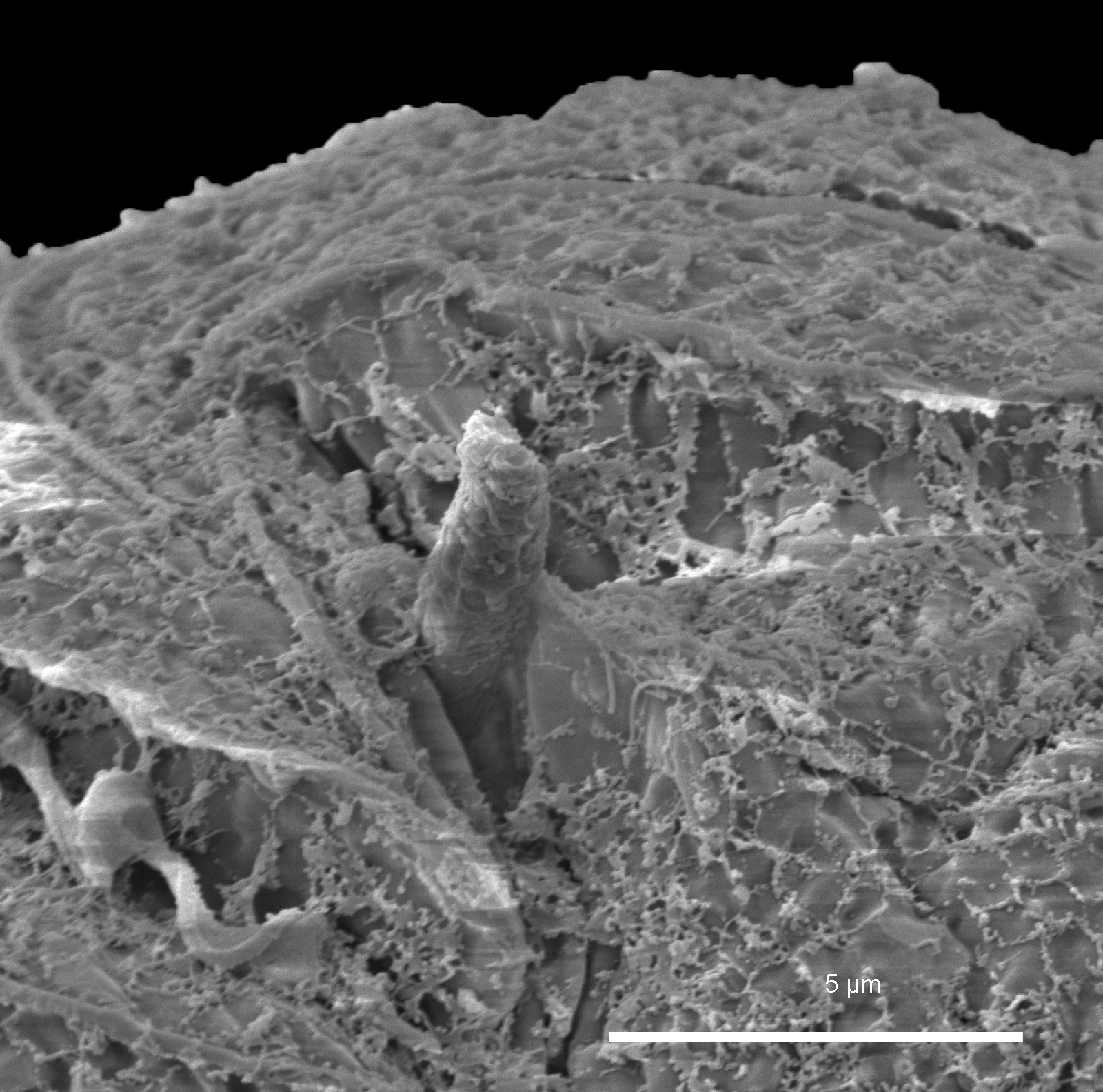
The finger-like projection in the center of this image of Polykrikos kofoidii is called a taeniocyst. When it contacts prey, it explodes, possibly spewing an adhesive substance all over the unsuspecting quarry. Within a millisecond, a pointed stylet comes shooting out of the capsule below the taeniocyst, spearing the prey.
Sophisticated weaponry
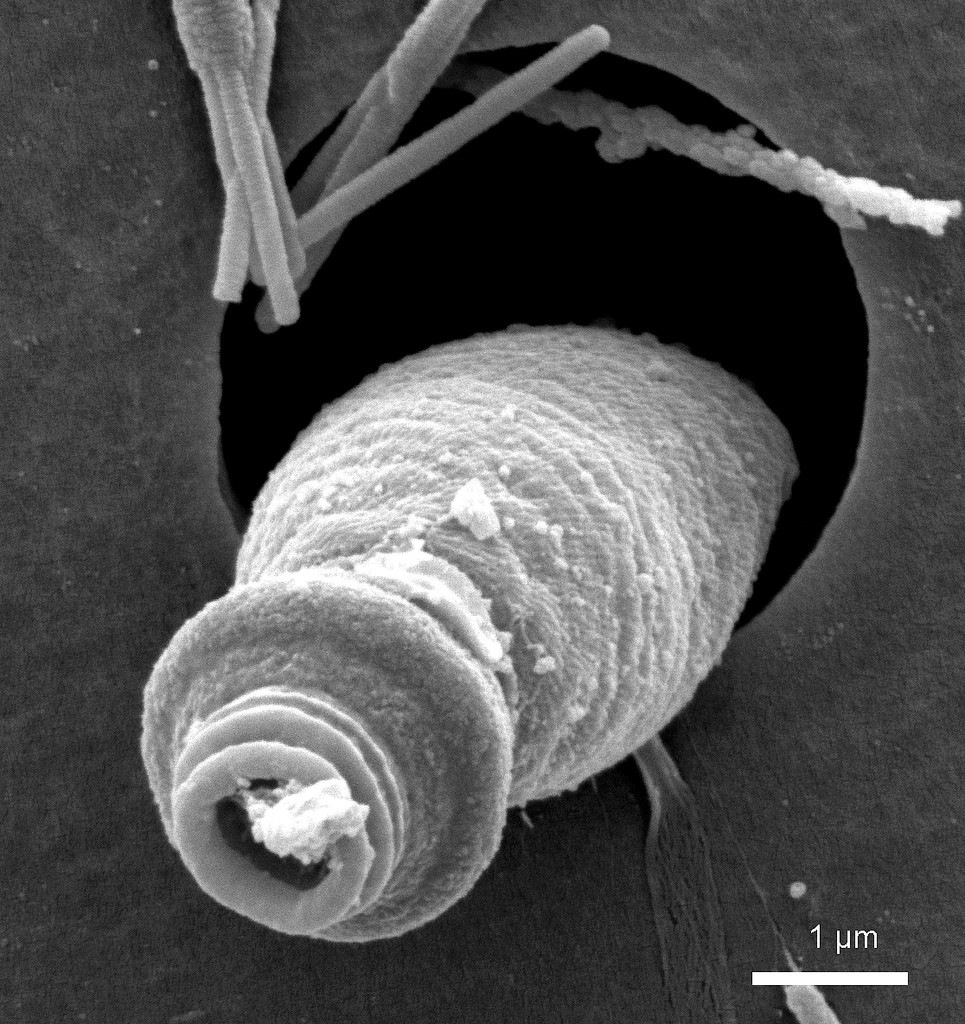
An SEM image of Polykrikos kofoidii showing the plankton's ballistic organelle. These organelles are similar to the stingers on jellyfish and other animals called cnidarians, but new research finds that they evolved independently in dinoflagellates.
Plankton predator
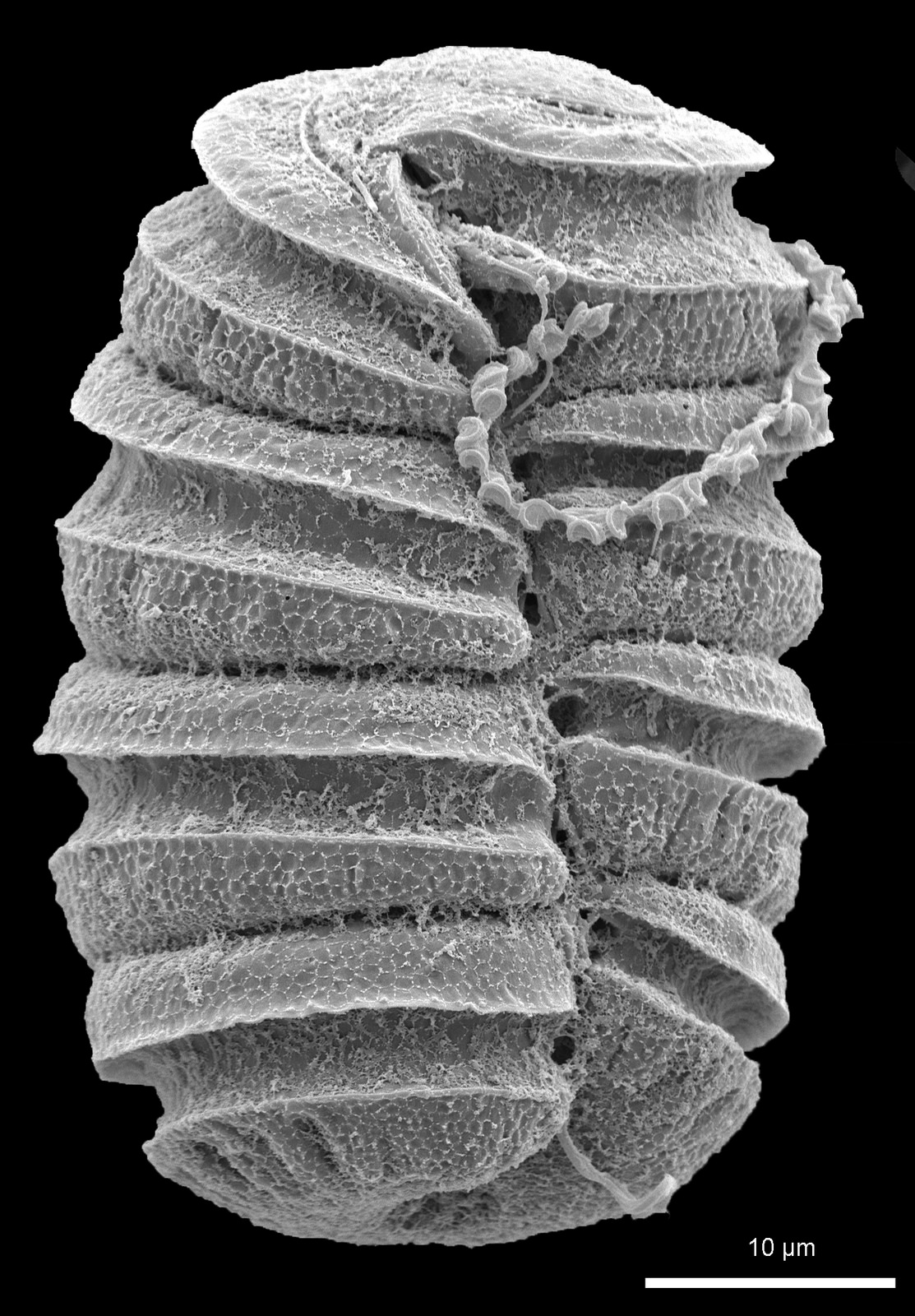
Polykrikos kofoidii may have developed its harpoon-like stingers in response to an evolutionary arms race. Its dinoflagellate prey includes the toxic plankton that cause red tides. Other prey have their own complicated defense mechanisms and armor.
Polykrikos
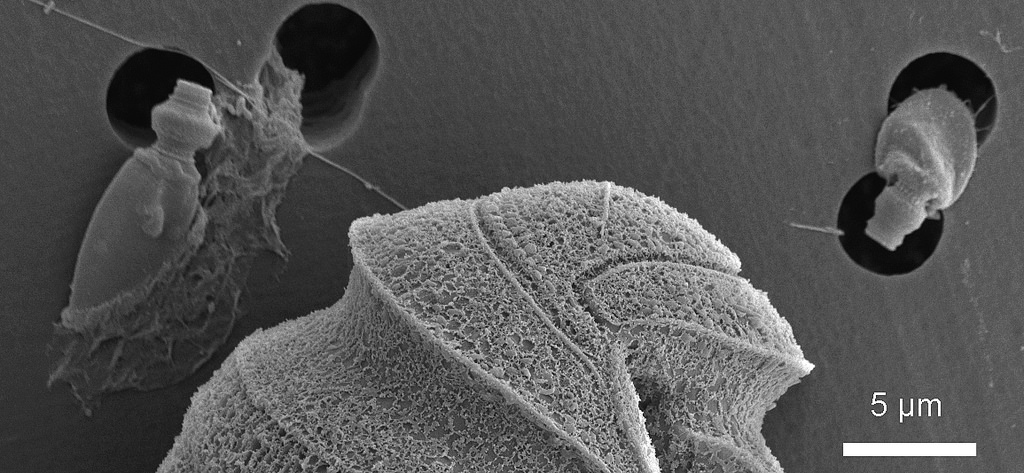
A close-up of Polykrikos kofoidii. For the first time, researchers have captured high-speed video of this plankton hunting its prey. It isn't clear yet exactly how Polykrikos triggers its attacks, said Greg Gavelis, a postdoctoral researcher at Arizona State University, but the plankton may detect chemical signals from their prey in the water. They swim in spiral patterns, Gavelis said, and those spirals become tighter and tighter in the presence of potential food.
"It starts circling its prey almost like a shark," he told Live Science.
Ballistic Organelle
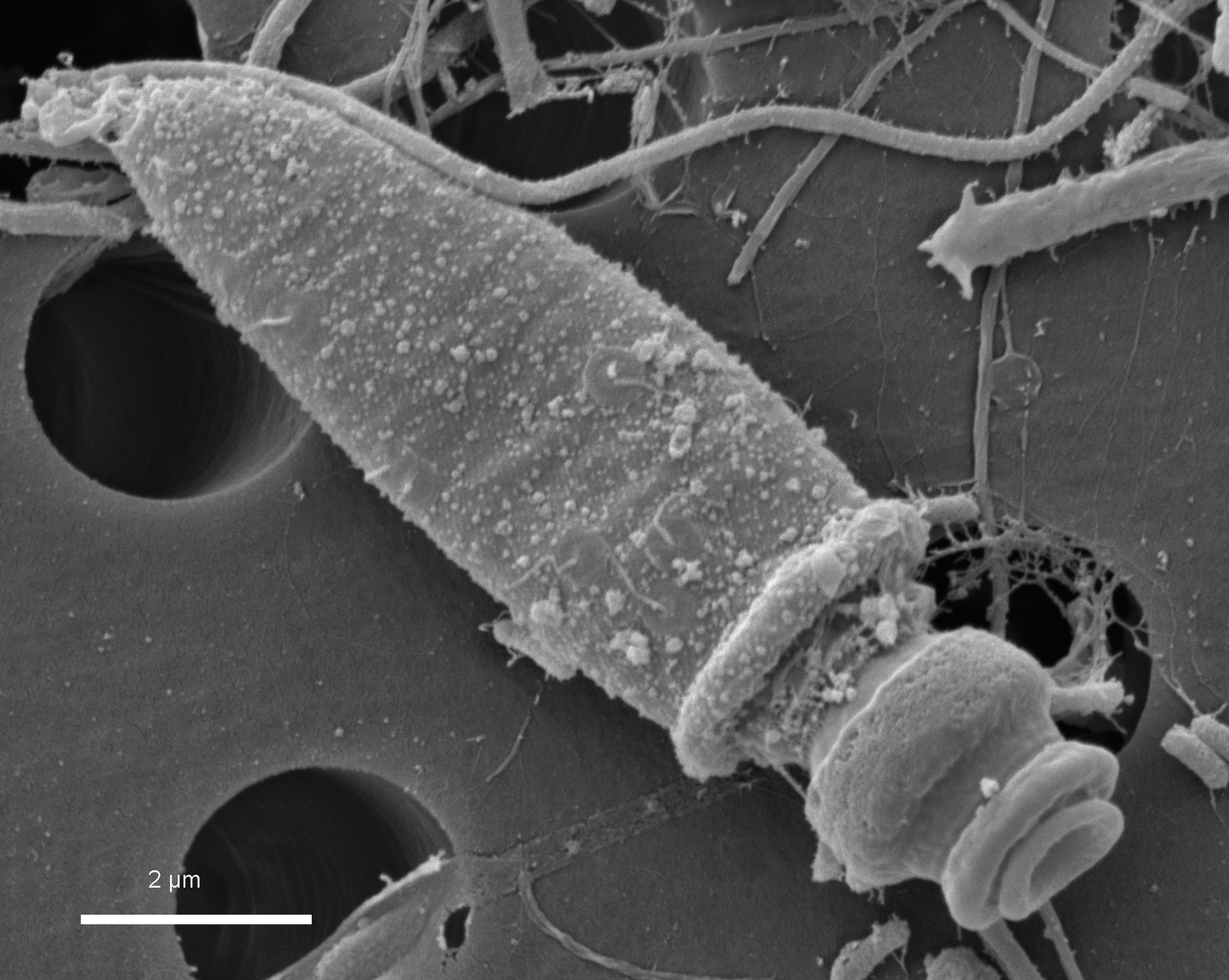
Polykrikos kofoidii often descends upon the species of dinoflagellates that create red tides, which let off toxins that can make shellfish dangerous for people to eat and that can make beaches unsafe for swimming.
"This is an enemy of our enemy," Gavelis said. "These guns are on our side."
Sign up for the Live Science daily newsletter now
Get the world’s most fascinating discoveries delivered straight to your inbox.
Tiny spirals
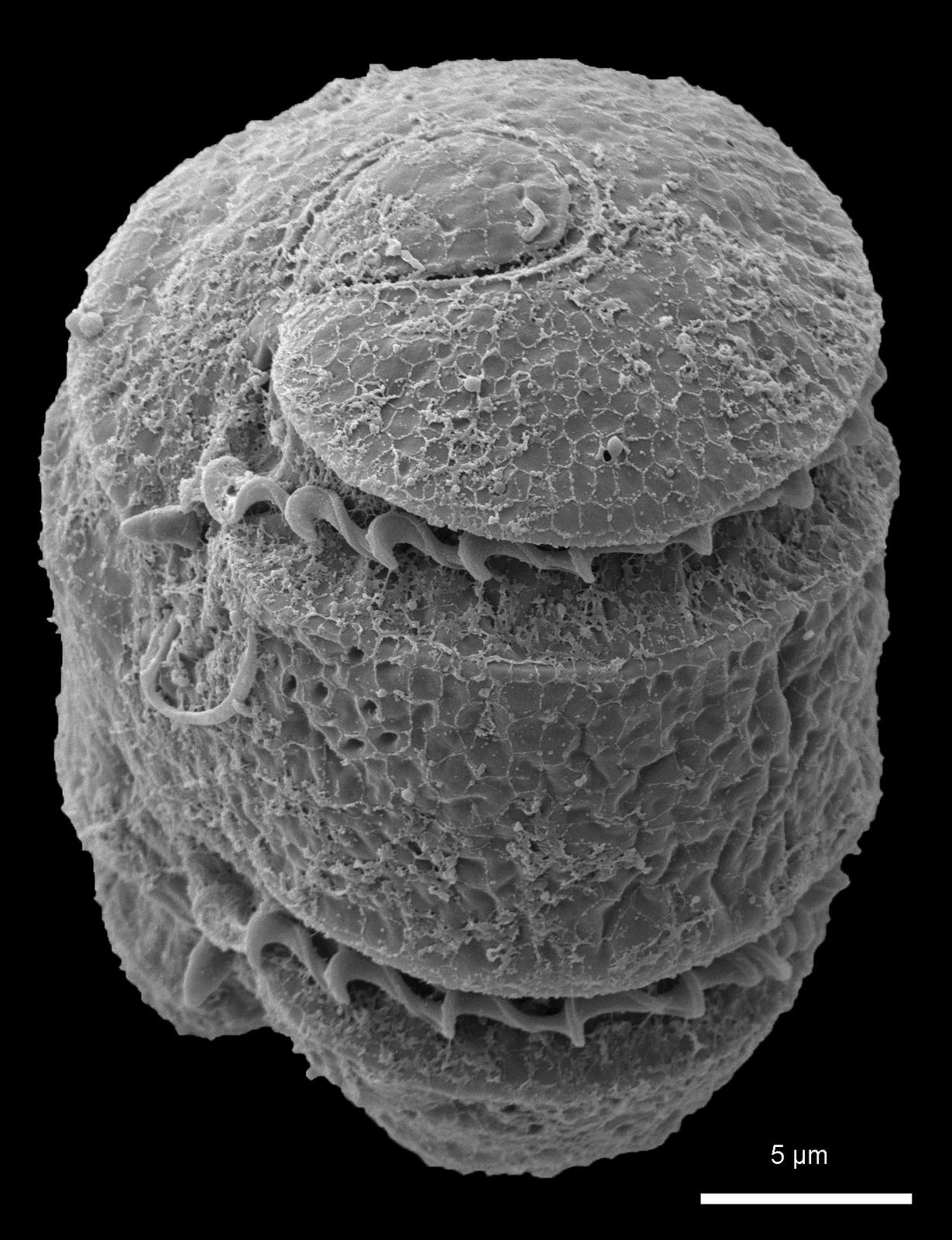
A close look at Polykrikos kofoidii, a planktonic dinoflagellate with impressive weaponry called nematocysts. Inside each nematocyst is a coiled tubule with a sharp tip called a stylet. When triggered, the tubule shoots outward and the stylet pierces the dinoflagellate's prey. The coil dissolves, but a separate tow line pulls the prey toward the waiting predator.
Complex Anatomy
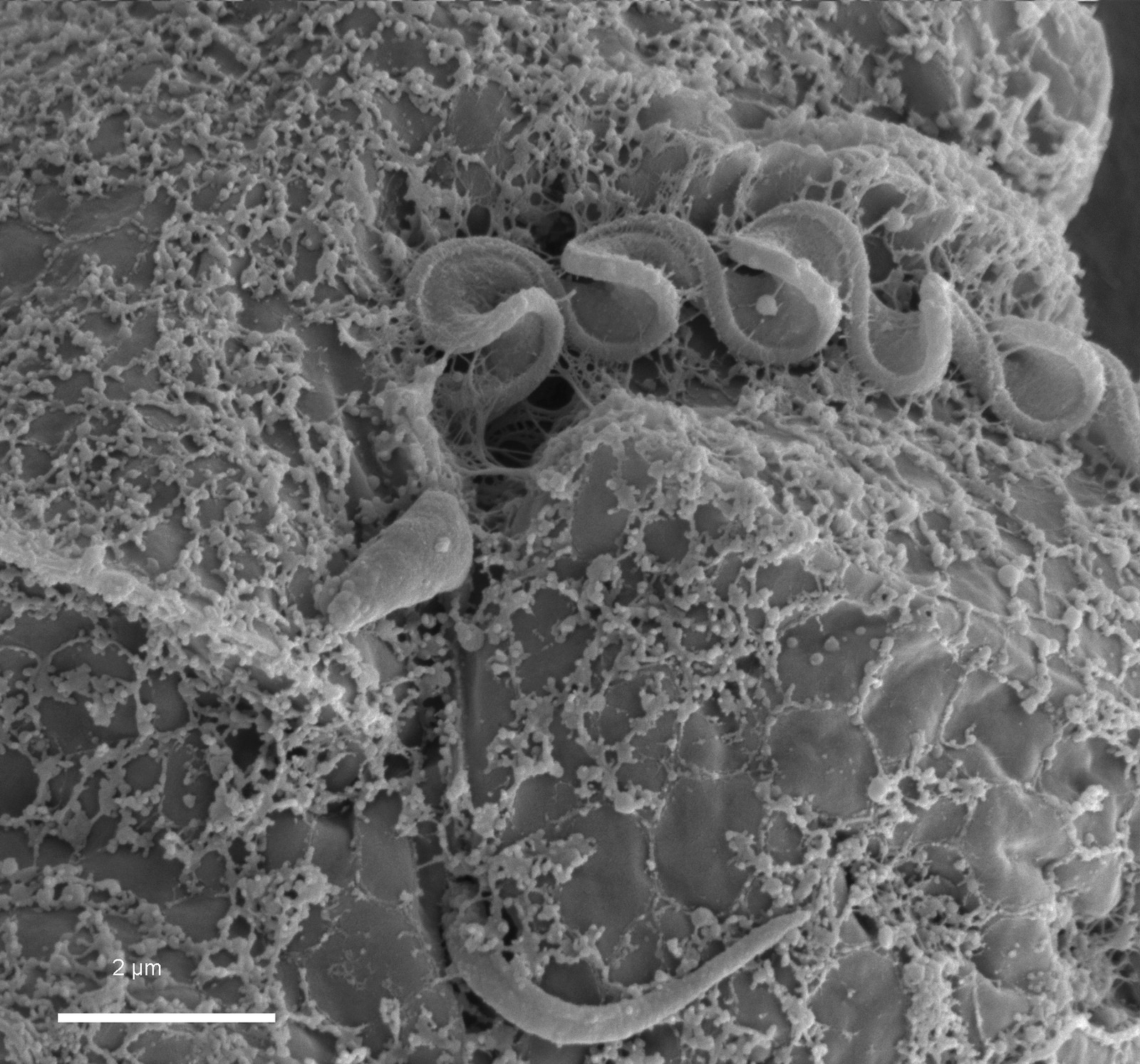
Dinoflagellates are "basically the coolest," Gavelis said. For single-celled organisms, Polykrikos (seen here) and its relatives have incredibly complex structures and behaviors. Many are bioluminescent. They're often armored or armed with stingers. Netmatodinium, another dinoflagellate, has an organelle that looks like a primitive eye.
Independent Evolution
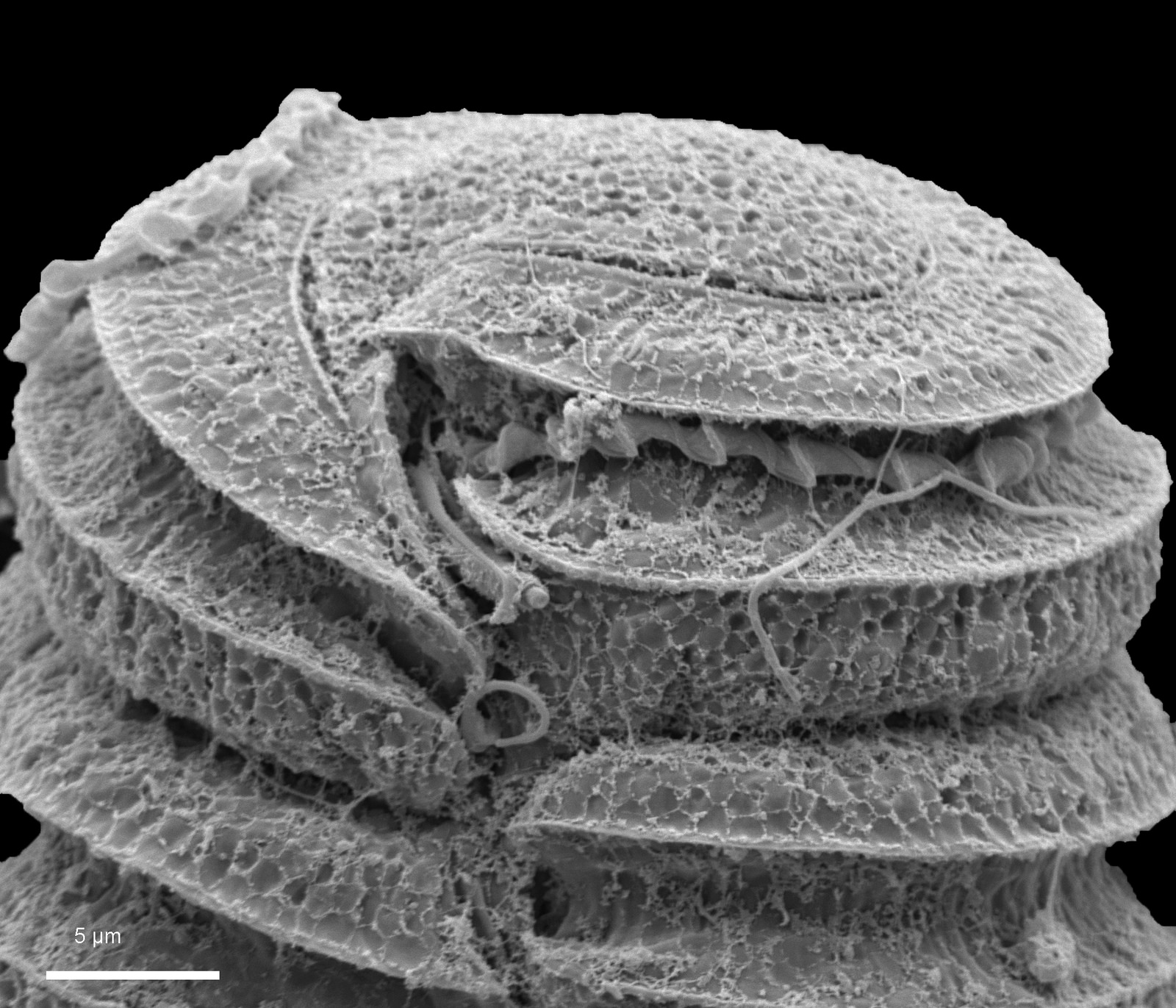
Because animals called cnidarians have nematocysts, biologists thought perhaps dinoflagellates might have some common ancestor with cnidarians like jellyfish or corals — or that perhaps cnidarians and dinoflagellates had shared genes via symbiosis. But new research published in the journal Science Advances finds no genetic relationship between the nematocysts of cnidarians and dinoflagellates. They evolved similar defenses separately.
Arms race?
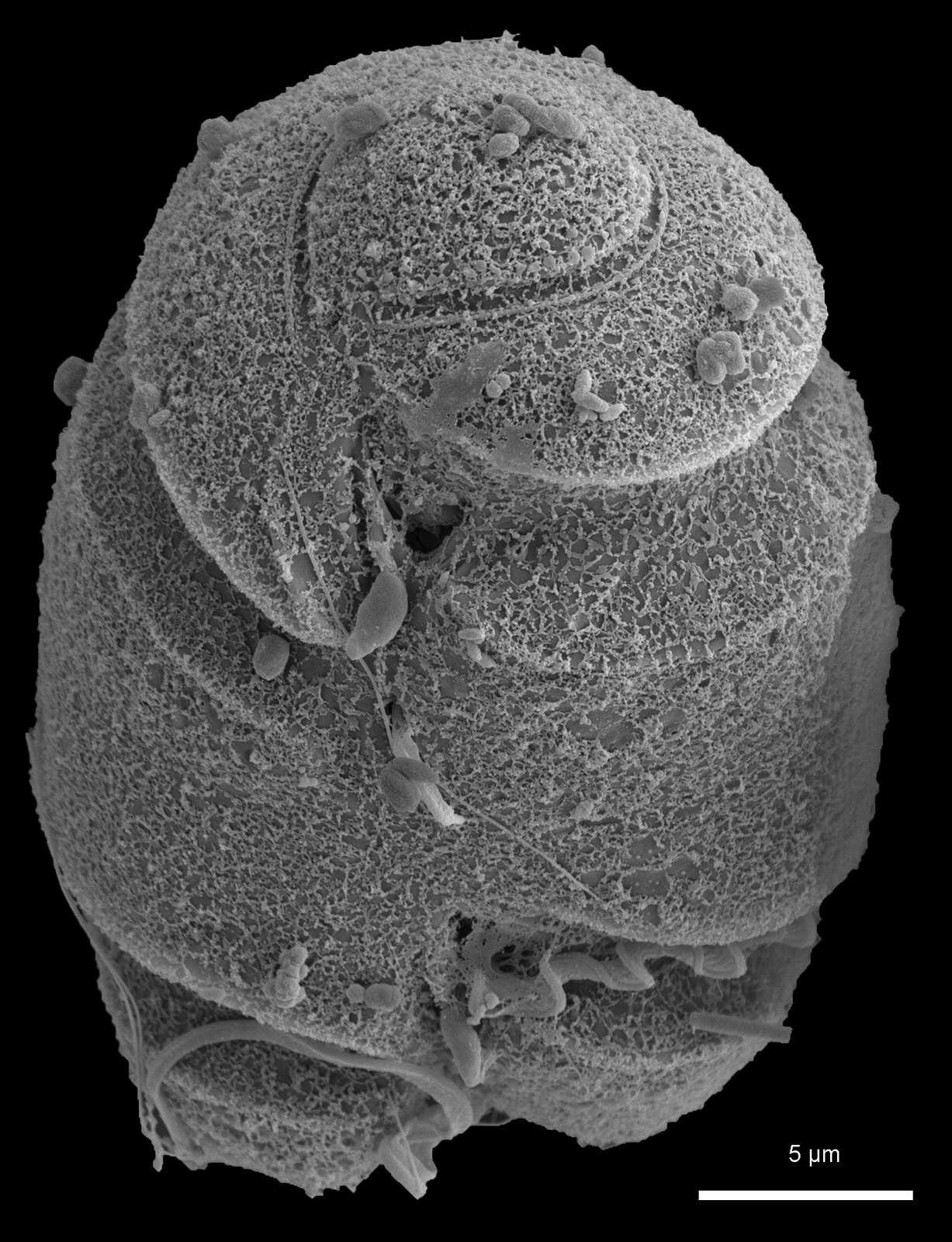
Dinoflagellates may have evolved their complex weaponry in an eat-or-be-eaten arms race against one another. Researchers are now testing whether these organisms develop more weapons in the presence of armed opponents versus unarmed plankton.

Stephanie Pappas is a contributing writer for Live Science, covering topics ranging from geoscience to archaeology to the human brain and behavior. She was previously a senior writer for Live Science but is now a freelancer based in Denver, Colorado, and regularly contributes to Scientific American and The Monitor, the monthly magazine of the American Psychological Association. Stephanie received a bachelor's degree in psychology from the University of South Carolina and a graduate certificate in science communication from the University of California, Santa Cruz.









